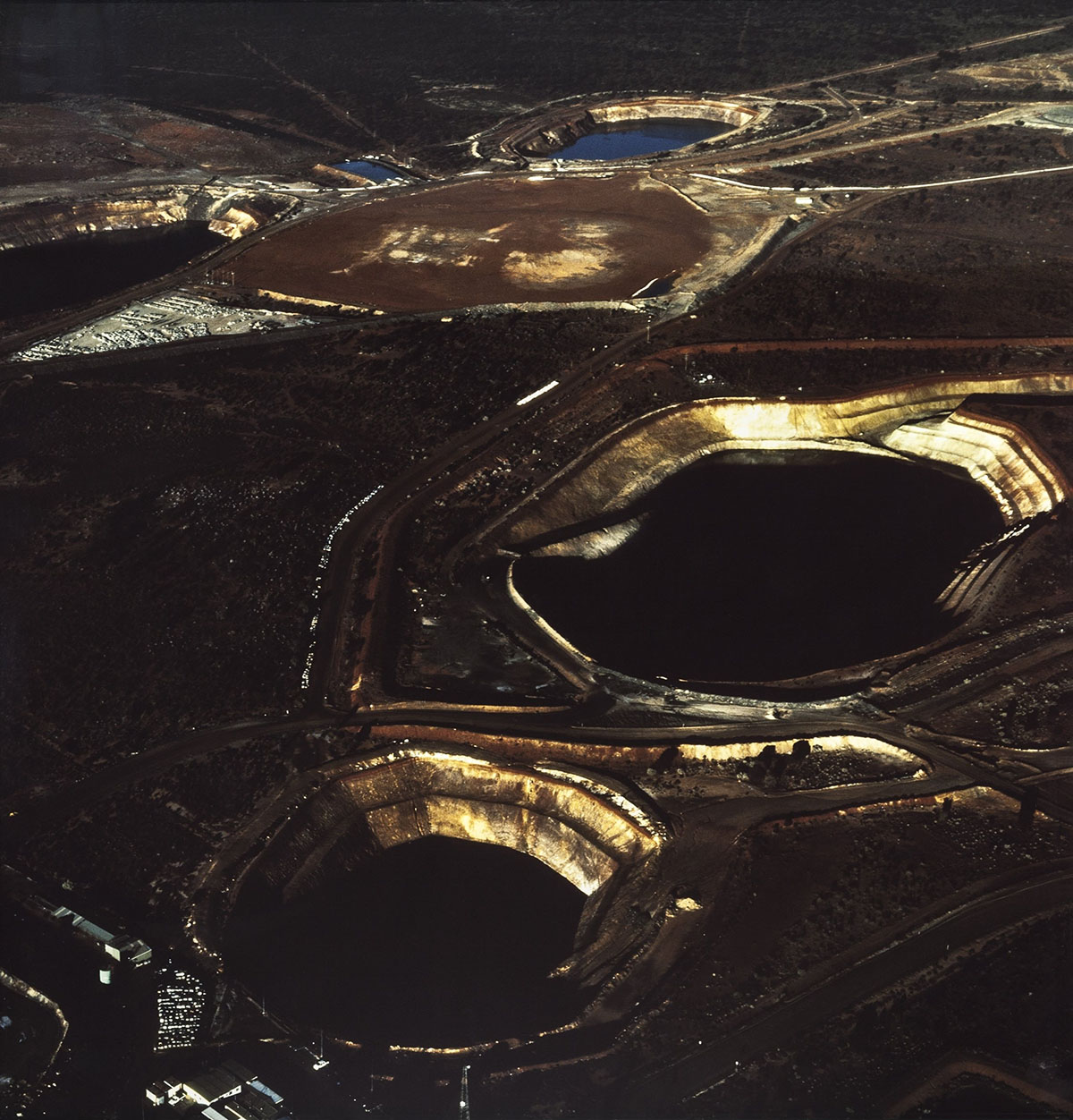ARTICLE
Simryn Gill
A multimedia artist who works with photography, drawing, writing, sculpture and publishing, Simryn Gill’s works aim to explore the processes underlying the writing of histories. Gill uses found objects and printed matter from books and manipulates them through processes such as tearing, pasting, rubbing, scratching and casting. Political upheaval, cultural identity and place, often in the context of colonialism in South Asia, are recurring themes in her work.
Born to Indian parents in Singapore, Gill spent her childhood in Port Dickson, Malaysia, and received her education in India and the UK. In 1987, she moved to Adelaide, Australia, where she was briefly enrolled at a course at the South Australian School of Art. Afterwards, she moved to Marrickville, Sydney, where she began exploring the ways in which identity and place were articulated, personally and communally.
By the early 2000s, she had gained wider recognition. She also began exploring meaning and the relationship between objects and their physical contexts. Gill chooses the materials in her work for their ability to record or evoke events or phenomena symbolic of regional politics and culture. Photographs feature regularly in her works, such as A Small Town at the Turn of the Century (1999–2000), May 2006 and Inland (2009), acting as a creative record of everyday life and surroundings in Port Dickson and Australia.
While the bulk of her work comprises photography and text, Gill also makes sculptures, using traditional mediums, natural materials and readymades for moulds, imprints and impressions. Commonplace artifacts from everyday life form the material and narrative basis of her works, as in Pooja/Loot (1992) — an installation that consisted of books that were hollowed out or carved into shrines for discarded everyday objects. Gill’s method of modification and transformation is further examined in Roadkill (1999–2000), a collection of crushed roadside objects that were fitted with wheels and arranged in such a way as to give the impression of movement or an exodus. She also frequently returned to the theme of immigration and the ideas of place and belonging.
Her earliest notable solo exhibition was held at the Adelaide Experimental Art Centre in 1992. Since then, she has exhibited at the Art Gallery of New South Wales, Sydney (2002); Tate Modern, London (2006); and the Arthur M Sackler Gallery, Washington, DC (2006); Museum of Contemporary Art, Sydney (2008); Centre for Contemporary Photography, Melbourne (2009); the Moscow Biennale (2013); Venice Biennale (2013); Jhaveri Contemporary, Mumbai (2015); and the NTU Centre for Contemporary Art, Singapore (2015). Her work is part of the permanent collections of Solomon R Guggenheim Museum, New York; the Museum of Modern Art, New York; San Francisco Museum of Modern Art; Tate, London; and Queensland Art Gallery.
As of writing, Gill lives and works between Australia and Malaysia.
Bibliography
Our website is currently undergoing maintenance and re-design, due to which we have had to take down some of our bibliographies. While these will be re-published shortly, you can request references for specific articles by writing to hellomapacademy@map-india.org.







